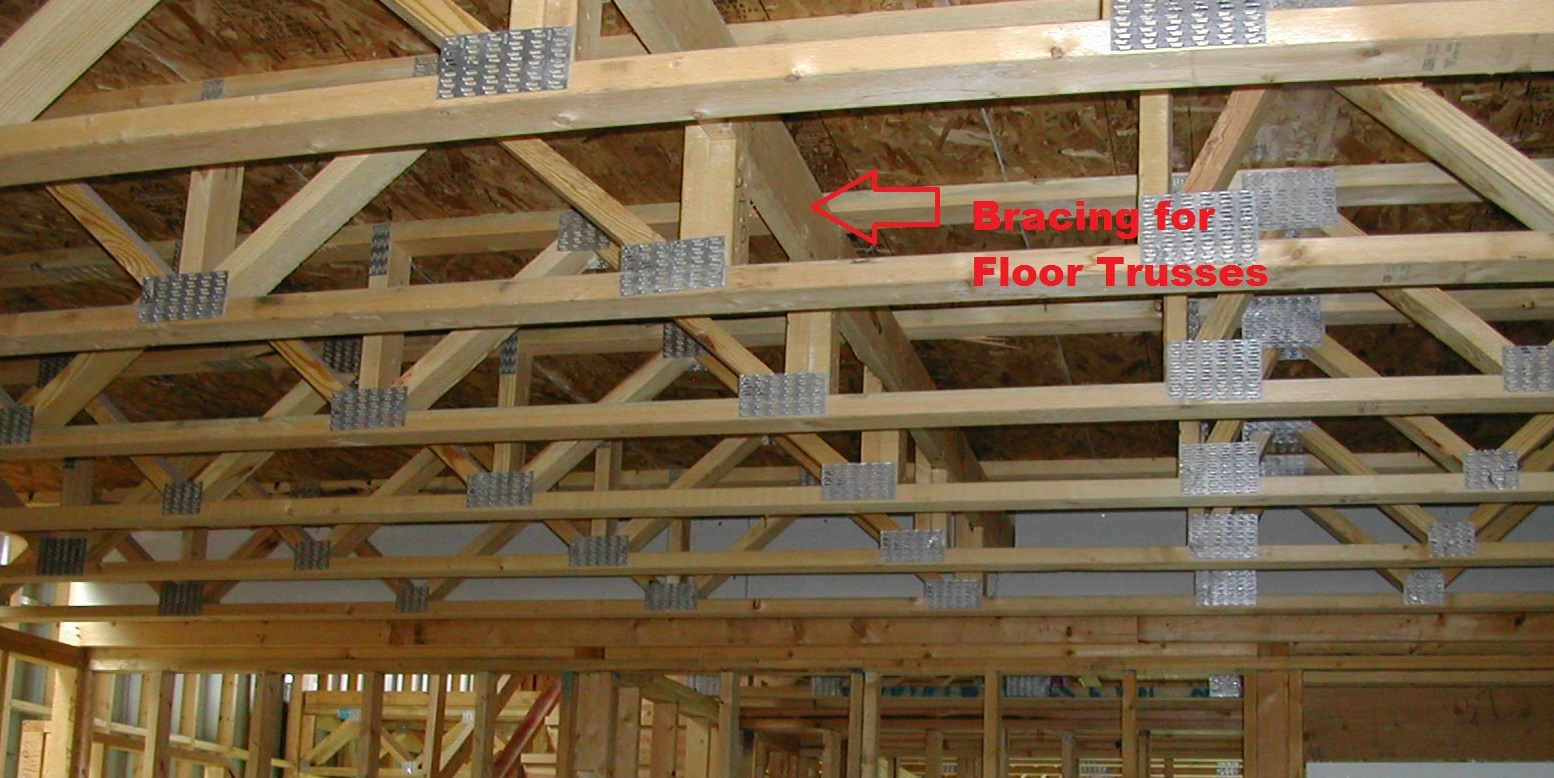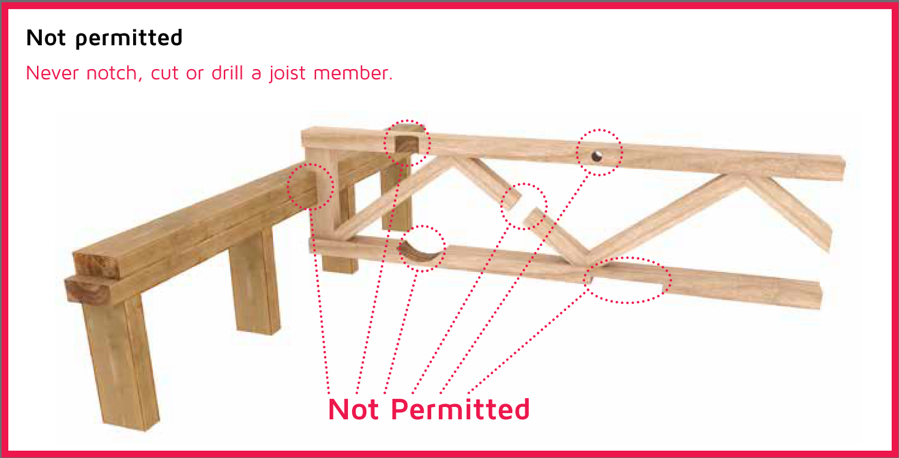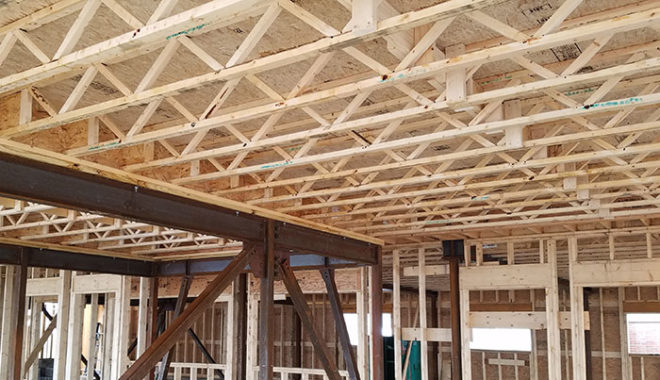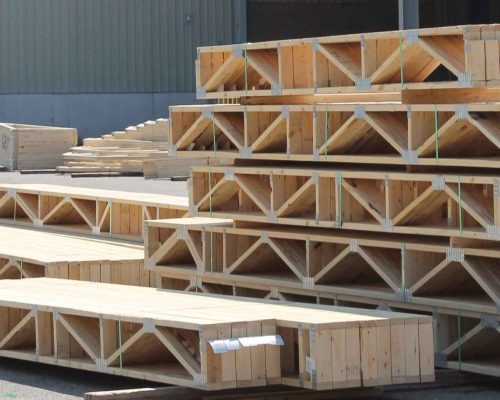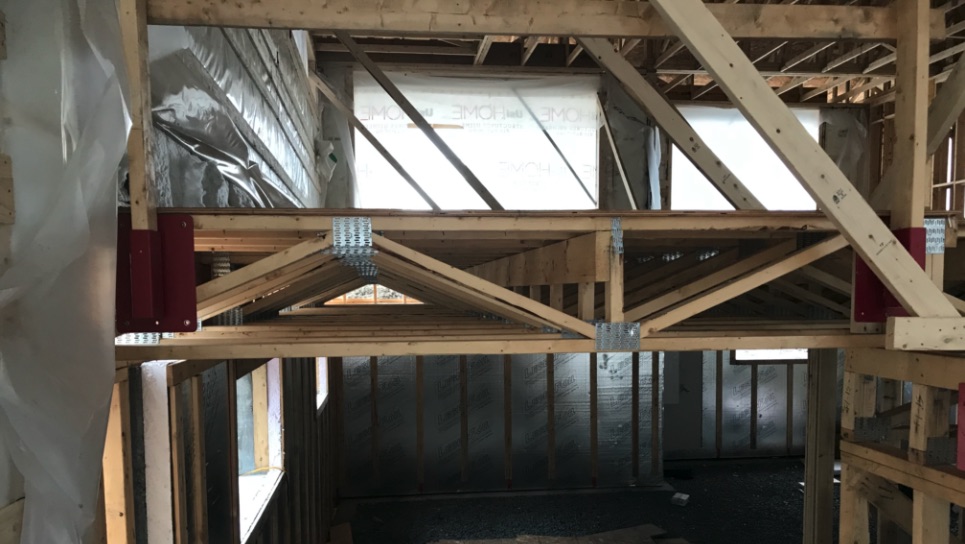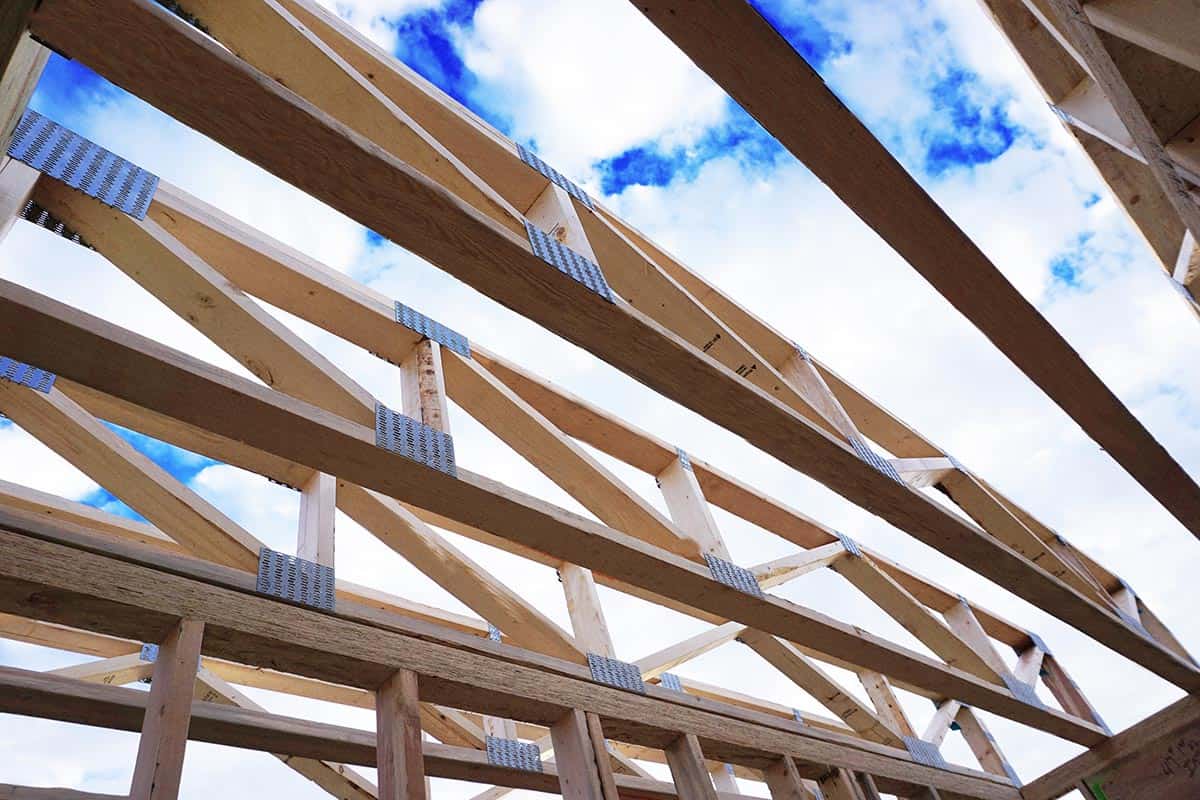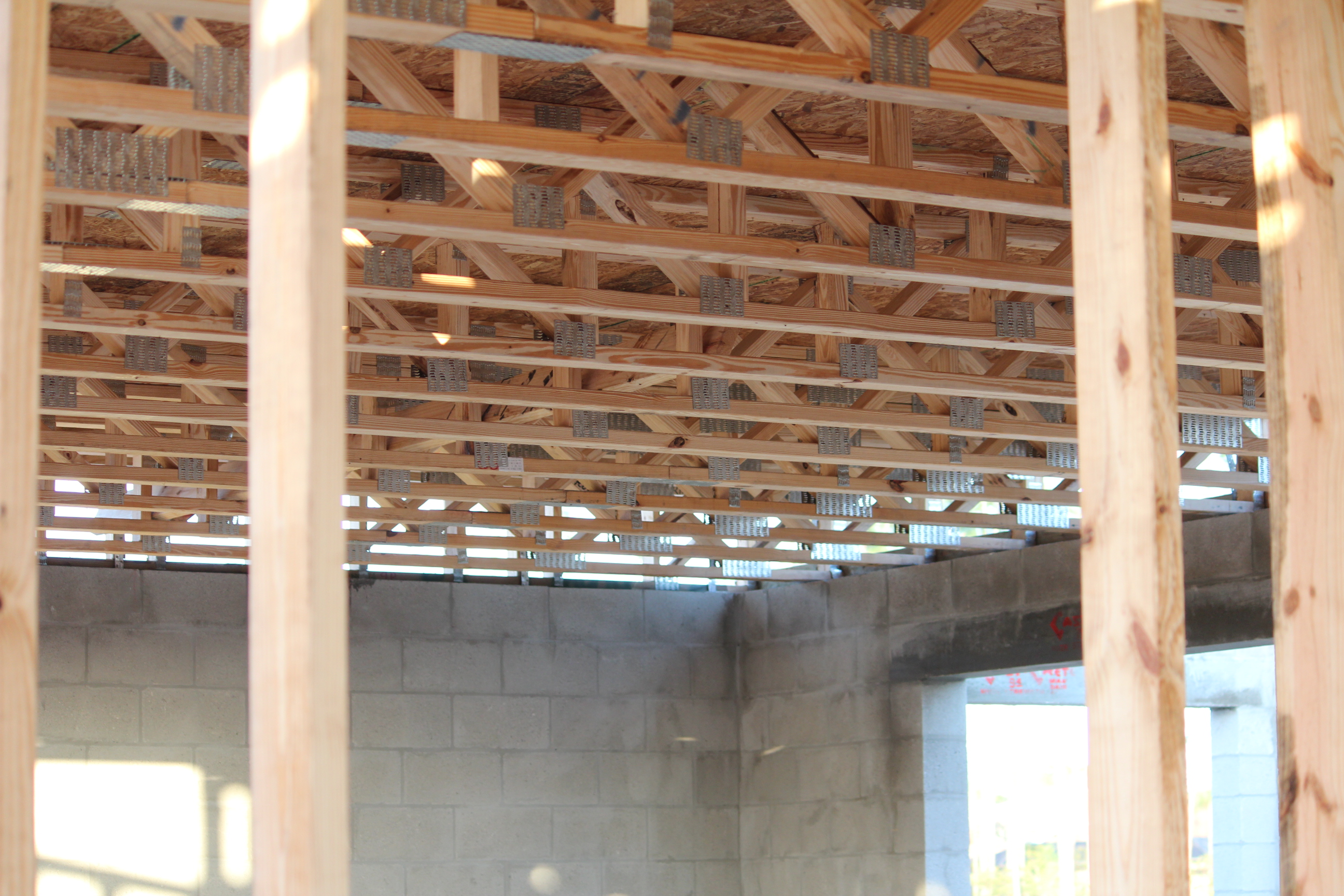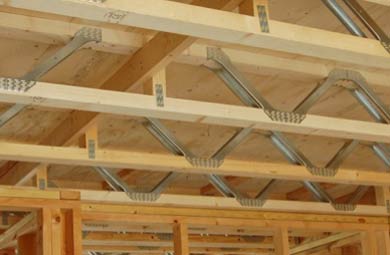Floor Web Trusses Not Even

It is important to jack this end level to keep the floor from sagging any more and to keep the joists from splintering later.
Floor web trusses not even. The three main types of floor joists used in home construction are solid lumber i joists and open web floor trusses. The thing is if it s a job that someone undertook poorly you re going to feel the repercussions of it. Not as readily available they need to be special ordered. Spans the farthest distance.
Each type of floor joist offers its own unique benefits and drawbacks which is why those working in carpentry all tend to have their own favorite floor joist option though they are still required to be well versed in each type of floor framing. Sometimes things just don t fit the way they are supposed to. This web should be able to hold up the weight of your whole home. Floor diaphragm subfloor connection.
Because of this the tail end of the new lumber is not supported. Using floor trusses allows you to utilize eight foot basement walls as the ductwork is installed within the openings of the floor truss. Obviously that s not an easy job. Unlike joists floor trusses are not solid members than can be easily replaced just by pulling one out and.
Slightly more expensive than traditional floor joists. Looks almost a wood web connected with metal plates. The area underneath your floor is made up of a complex web of support columns and floor joists. Most floors are designed l 360 but for a stiffer floor surface you can specify l 480 and even l 620.
You will see increases in lumber grade and connector plates sizes but ultimately the open web floor trusses have the most design flexability of the three options mentioned in this article. Additionally having the mechanicals and ductwork hidden within the web openings of the floor truss allows for the easy installation of drywall to the bottom chord of the floor truss to finish off a ceiling. 2 6 strongbacks are recommended on edge every 10. Use shims to correct other joist issues.
Boundary nailing attaches the floor diaphragm to the rim board. Connecting the rim board to the joists provides lateral support to the joists and resistance against rotation. Occasionally even truss manufacturers make mistakes. Like joists floor trusses form the frame that supports the walls and the subfloor.
Need to drill for utilities. This helps transfer in plane lateral loads from the floor diaphragm through to the sill plate and into the foundation. Designed to hold weight in longer spans meaning less walls are necessary.
